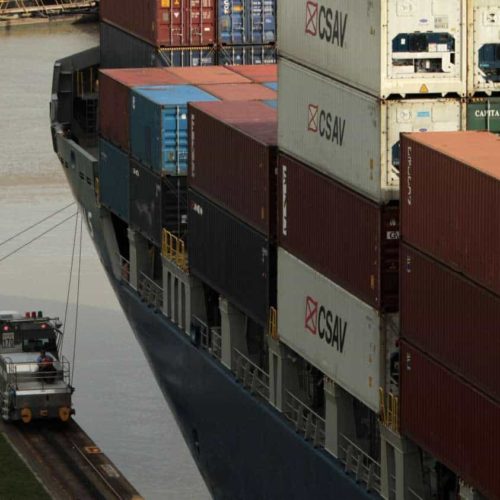Introduction
As the Senate begins to debate the pros and cons of the U.S.-Panama Free Trade Agreement, what does it mean for the average American? The last two and a half years of negotiations will produce an agreement that has a negligible effect on the U.S. economy, according to the Congressional Research Service.
Under the FTA, 88 percent of U.S. commercial and industrial exports would become duty-free, with remaining tariffs phased out over a 10-year period. More than 50 percent of U.S. farm exports to Panama also would become duty-free, with tariffs on select farm products to be phased out over 17 years—and 20 years for rice.
According to the CRS, Panama trades little with the U.S. and most exports already enter the country duty-free. “Although particular industries could be affected to some degree…the FTA cannot have a major effect on the U.S. economy as a whole,” the CRS report said.
Critics point to the need for greater tax transparency to monitor and control drug trafficking, money laundering, and other illegal financial transactions. Panama is on the Organization of Economic Cooperation and Development’s “Gray List”, which includes countries that have not implemented an internationally-agreed tax standard. The Government Accountability Office also listed Panama as one of 50 countries described as harboring tax havens.
Panama faces a difficult and expensive challenge to modernize the canal to fit much larger ships and is beginning a $5.25 billion expansion project. The U.S. already has a special agreement with Panama giving it preferred access to the canal.
The Panama FTA follows the Bush Administration’s trade strategy, which pursued FTAs on multiple levels. There have been questions surrounding the efficiency of pursuing many bilateral agreements with multiple countries and the potentially negative effects on countries blocked out of the agreements.
Panama is closely tied to the U.S. as its dominant trading partner, and is one of the few countries with which the U.S. has a trade surplus. The U.S. imports primary products from Panama: 23 percent is seafood, repaired goods account for 35 percent, and commodities like oil, precious metals, fruit, sugar and coffee account for the rest.
Congress requires that the United States International Trade Commission make an economic assessment of the potential impact of an FTA on the U.S. economy. There was insufficient data to make a meaningful estimate of how the Panama FTA would affect economic growth, employment, trade and income in the U.S. Using other indicators, the USITC concluded that because Panama’s economy is very small relative to that of the U.S., “the likely overall effect on the U.S. economy will be similarly very small.”
The USITC found that the main result of the FTA would be an increase in U.S. exports, while causing little growth in U.S. imports from Panama.
Panama’s agricultural products currently face some of the highest tariffs, particularly sugar. Panama levies an average tariff of 7 percent on U.S. industrial and consumer goods, which peaks to 81 percent for some goods. The average tariff on U.S. agricultural goods is 15 percent.
While the effects of the FTA may be small for the U.S., they could be negative for Panama. Pollution, environmental degradation, and endangering wildlife could result from increased agricultural trade and production.
FAST FACT: Panama puts a 260 percent tariff on chicken leg quarters from the U.S. This is due to the high demand of white chicken meat in the U.S., which allows American poultry producers to dump dark meat into the world market at a much lower price. Worldwide, there is a much higher demand for dark meat.
Read more in Accountability
Global Muckraking
Investigations Around the World
The best in global investigative reporting


Join the conversation
Show Comments